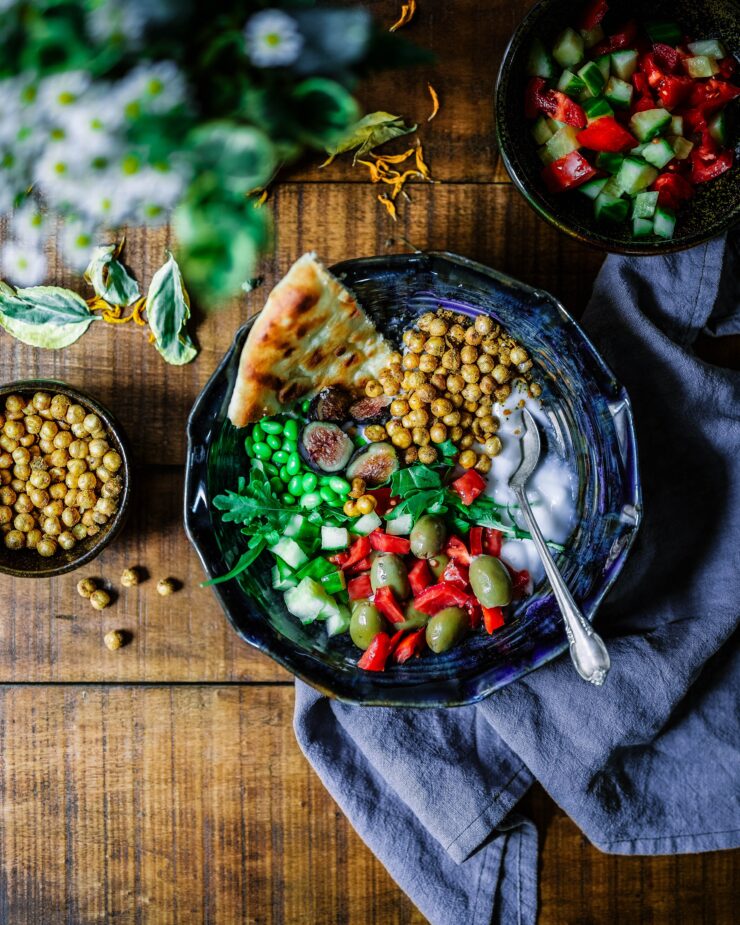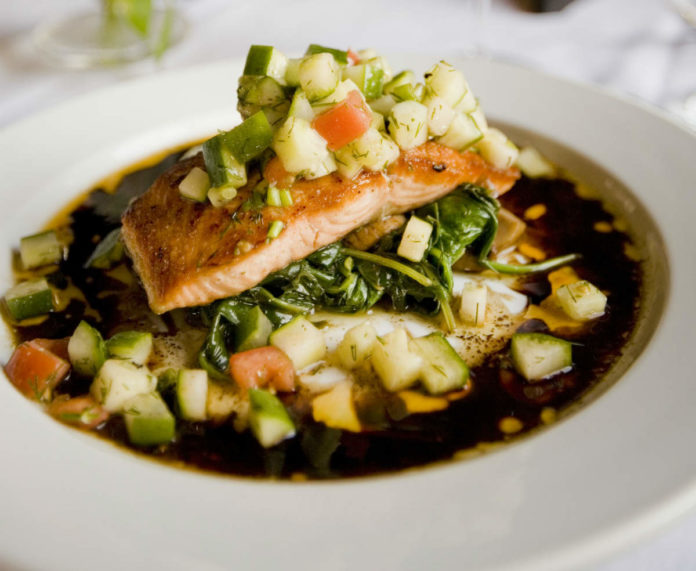Have you ever noticed something peculiar, a quirk perhaps, that blooms into a legitimate trend trend that society eagerly embraces. Oftentimes, the trends are innocuous, harboring no logic or internal consistency; and, yet, we find ourselves stumbling toward them ever so aggressively, indulging in something we understand to be whimsical, without any apparent utility, other than to say you were a participant in a socially agreeable fad. The Ice Bucket Challenge comes to mind. Or “planking” in idiosyncratic places. Or Heely’s, which in retrospect, seem particularly insidious to one’s personal safety.
These whimsical fads also extend into the domain of cuisine. Off the top of my dome, I can recall several transitory food-related trends that nevertheless attained some cultural currency, in the form of things like boba tea, avocado toast, Trader Joe’s “everything seasoning, and items of similar ilk. Other, more enduring fads percolate around dietary regimens, like Atkins, or Keto, or full-scale veganism. Ultimately, they’re all harmless fashions, amplified by the noise of social media and our innate proclivity to share every innocuous aspect of our lives for consumption. In this article, however, we’ll identify several silly food trends that have acquired traction over the last several years; but have now outlived their shelf-life. Below are 8 food trends that need to stop, once and for all.
King Kale
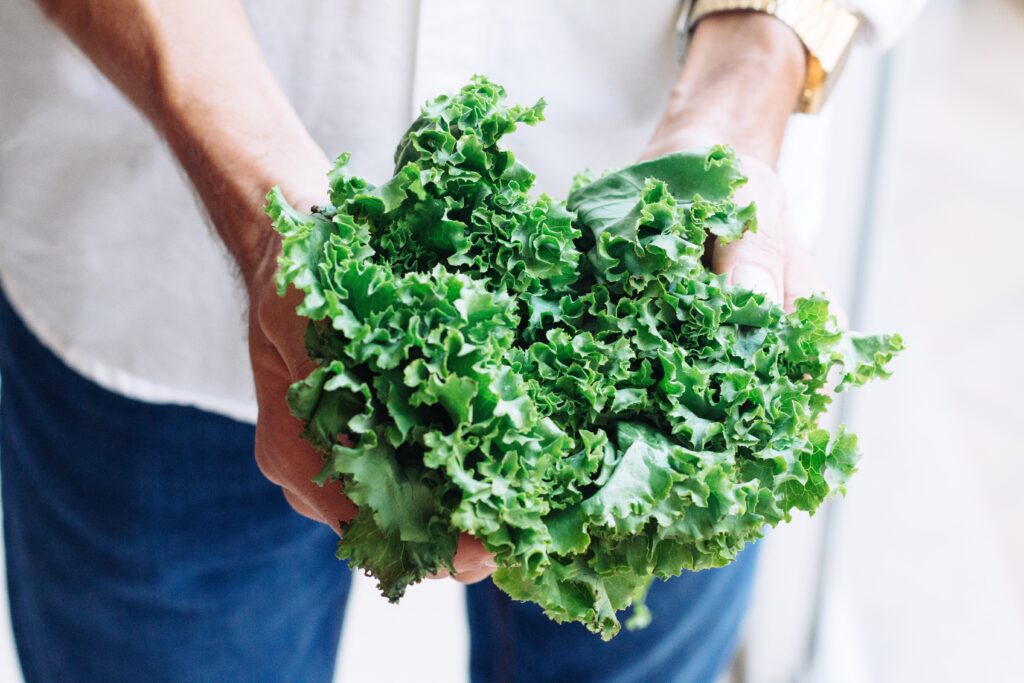
Kale, a popular “superfood” has gained widespread appeal as a deceptively delectable vegetable with an abundance of nutritional utility. The myriad health benefits of consuming kale cannot be denied, but its curious notoriety does raise questions. Most predominantly, why? There are, after all, numerous other leafy ornamentals, a propagation of vegetables that are almost equivalent in terms of nourishing your body. Kale doesn’t look particularly appetizing, what with its peculiar purple-green hue and its harsh fibrous texture; and yet it remains as steadfast as ever in its inclusion in a variety of dishes. Some chefs even serve it as its own dish, tossing it in olive oil and salt before baking it.
Of course, there is nothing fundamentally wrong with engorging oneself on kale. But let’s curtail our efforts, perhaps just a smidgeon, to extend its influence over every dish imaginable, especially traditional treats, like cupcakes.
Juice Cleanse – 8 Food Trends That Need To Stop
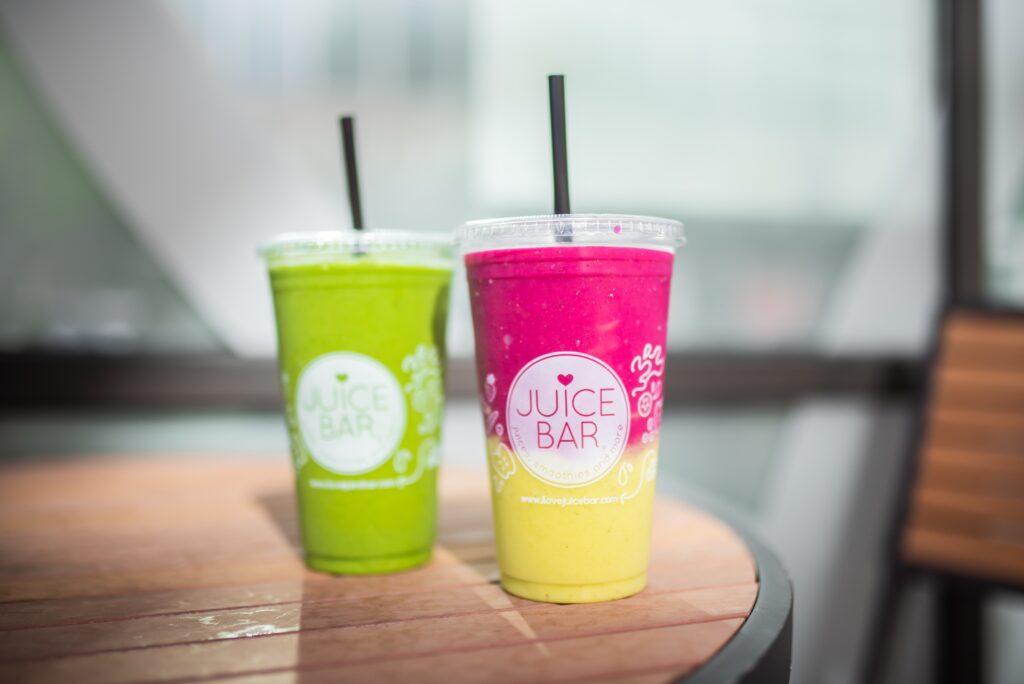
For some inscrutable reason, people were curiously drawn to the concept of a “juice cleanse.” Millions flocked to the idea that, by inundating themselves with copious amounts of juice, while simultaneously desisting from food consumption almost entirely, they would thereby purge themselves of pernicious toxins circulating throughout their body. This is patently fallacious. Imbibing vats of juice will not exorcise the impurities populating your internal system.
The truth is, your body already has inherent mechanisms to biologically cleanse your system of malicious agents. The skin, lungs, liver, and digestive tract are the only prerequisites necessary to preserving a proximate state of physical homeostasis. Clinically speaking, the most effective action you can take in mitigating the absorption of distasteful byproducts of the environment is to regulate your diet and reduce exposure to extant toxins. Those toxins include, most notably, ultra-processed foods and alcohol.
In effect, cleansing yourself with excessive juice is superfluous. If you’re thirsty, have a glass of water. It’s less expensive and far more productive in promoting your overall health. Don’t strangulate yourself on juice, simply practice moderation in your dietary habits.
You’re The Avocado To My Toast?
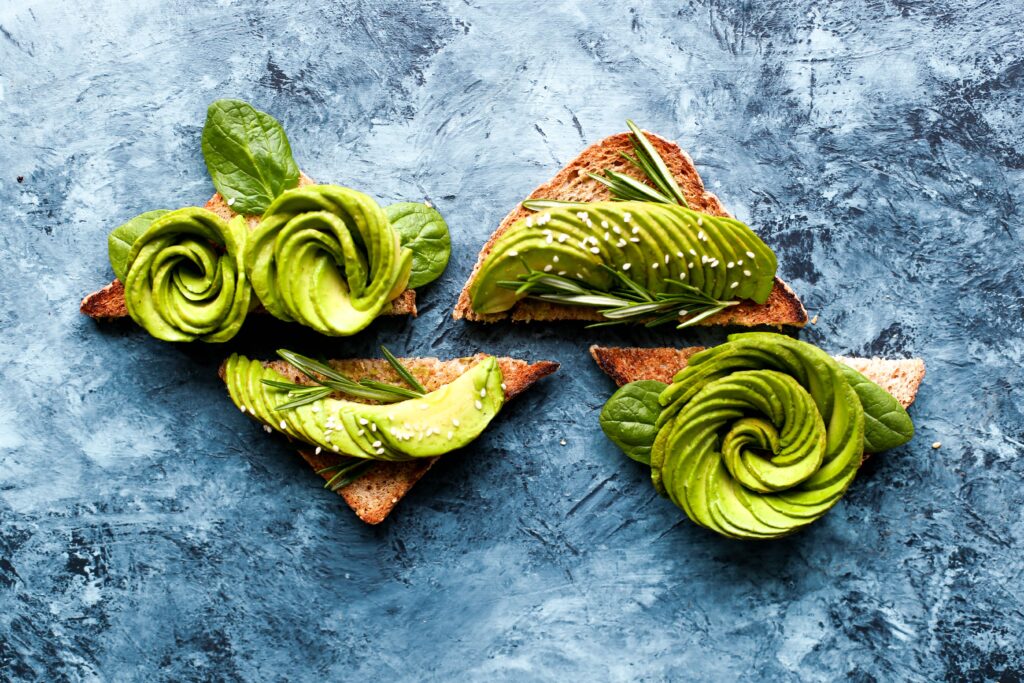
Who, exactly, concocted the obscure idea to flatten toast with a hefty serving of pure avocado? That doesn’t sound appetizing, nor does it look aesthetically pleasing. What happened to merely poaching an egg and sitting it atop an English Muffin? Has Western culinary culture truly declined so far?
There are numerous reasons to resist the pairing of avocado with toast. First and foremost, avocados are expensive. In 2017, for instance, the price of avocados increased by 125%! Why frivolously spend a pretty penny on a fruit that is not as nutrient dense or delicious as many of its counterparts? A misconception pertaining to avocados is that they alone are capable of rendering a complete breakfast. That is categorically false. Avocados are actually quite low in protein, an essential nutrient that vitalizes one’s body. In essence, avocados and toast are nothing more than an unhealthy admixture of carbs and fats. Opt instead for a more traditional breakfast, consisting of oatmeal and fruit; or some Greek Yogurt and granola.
King Keto – 8 Food Trends That Need To Stop
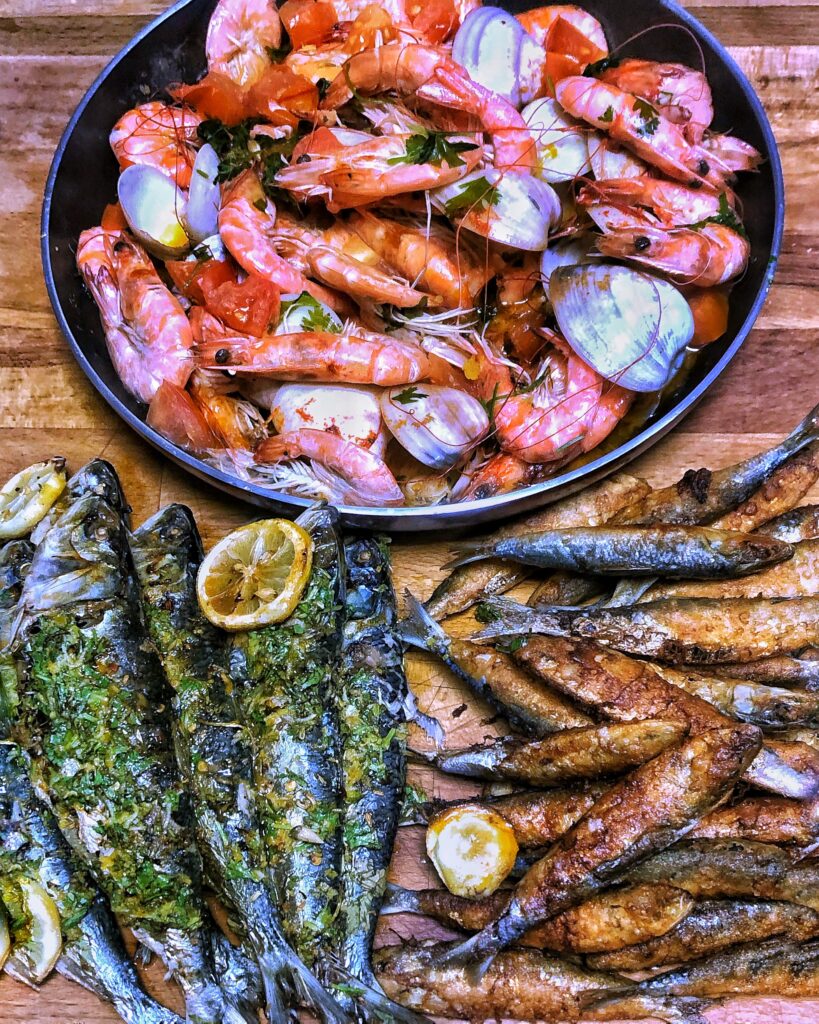
The entire objective of the keto diet is to flummox naturally occurring bodily processes to such a degree that it devolves into a state of ketosis. The advantage of ketosis is that your body alternates to leveraging physical fat as its primary fuel source. Hence, you will eliminate fat.
However, the logic of a keto diet circulates, very naturally, around an overweening emphasis on low-carb consumption. While, in excess, carbs can be detrimental; punitively removing them from your diet altogether is unnatural, resulting in low levels of glucose and a decreased production of insulin. The impending activity places an undue overreach on your liver, which consequently manufactures ketones to preserve homeostatic energy levels.
A keto diet, in essence, manipulates your body into losing weight. From that perspective, it can be beneficial. However, if you already have low blood pressure, kidney stones, or are prone to constipation, your existing health problems can be amply exacerbated. According to the University of Chicago, keto is not safe for those with conditions involving their pancreas, liver, thyroid, or gallbladder. Effectually speaking, moreover, the keto diet is not sustainable, it’s more of a gimmick, with potentially very serious adverse consequences.
Engage with it at your own peril.
Bacon Bonanza
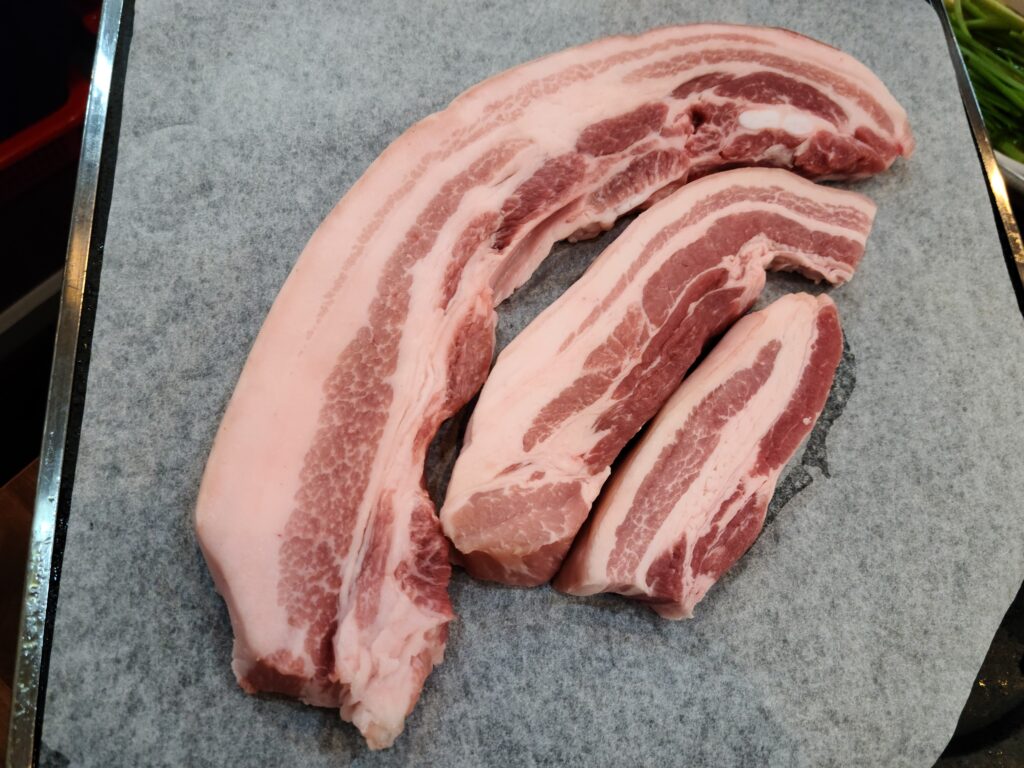
Why the ubiquity of bacon? Like Kale, it seems almost erogenous in its prevalence. Olfactorily speaking, I understand it’s appeal. Like Michael Scott from the hit show “The Office,” who doesn’t enjoy waking up to the smell of bacon grilling in the morning?
Our society’s arousal for bacon seemed to percolate most prominently in the 1990s, not coincidentally in conjunction with the proliferation of the Atkin’s Diet. Moreover, the US then had a large surplus of pork, which had grown less popular in the more health-conscious 1980s. With the price of pork at a relative nadir in prices, chefs across the country began to tinker with bacon in their recipes, attempting to maximize its use on their menus; this effort, in fact, was even subsidized by the pork industry.
It worked! It’s tough to argue against the savory blend of fat, flavor, and meat. Today, Americans spend almost $5 billion on bacon each year, with the average American consuming almost 18 pounds annually. While we have yet to grapple with the health consequences of it entirely, it is a fact that bacon does contain two preservatives, nitrates and nitrites, that are known to be associated with cancer, particularly colon and stomach cancer.
As with anything, moderation is key. Bacon should not be a staple of your diet, nor is it necessary to completely excise it. Simply be wary of making it a daily dietary routine, so much so that it becomes a quotidian element of your life.
Food Porn – 8 Food Trends That Need To Stop
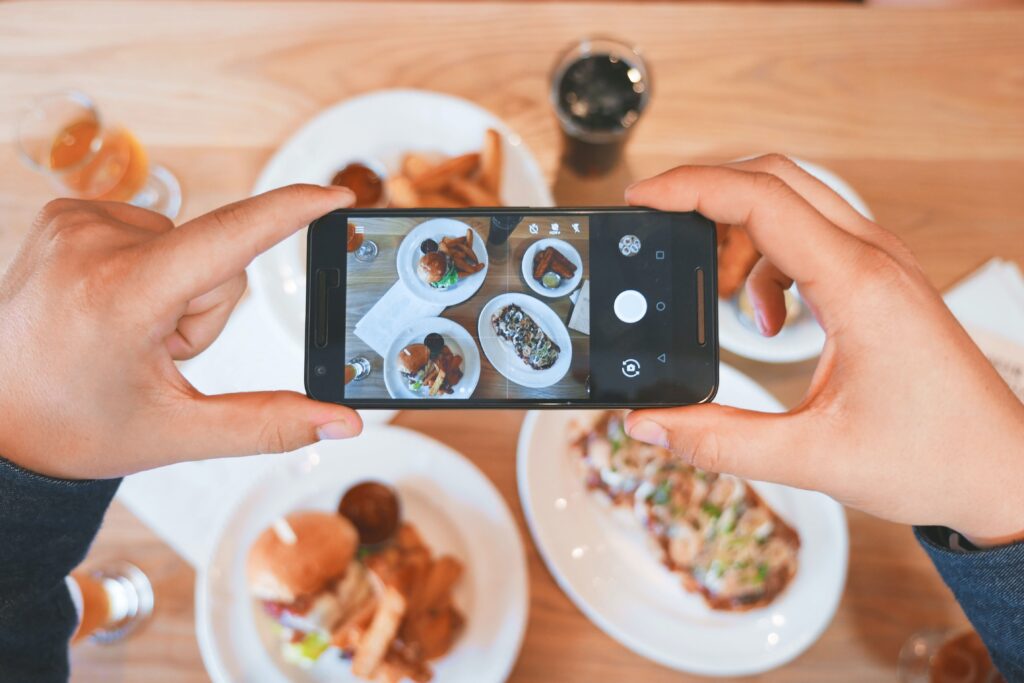
Social media has become so vapid that many among us now assiduously hearken to our phones before a meal, before we’re even aware of what we’re about to stuff in our face is actually of high-quality. The trend of diffusing photographs of dishes at restaurants is, frankly, baffling and irritating. I can find doctored images of food on a menu, thank you very much. I don’t need to see it sprawling across my social media feed.
There are no adverse nutritional consequences, deficits, or advantages to posting a pile of desiccated cow meat on your Instagram page. Physically speaking, it’s a neutral endeavor. Mentally speaking, however, it might be worthwhile to consider why you feel it necessary to share the aspiring contents of your stomach and bowels to the world? Mayhaps, it speaks of an intestinal narcissism so intense that a visit to the therapist might be in order.
Food can be aesthetically pleasing, we understand. Enjoy the visual. Communicate its beauty to your friends, who I’m sure are desperate to hear about it, in-person, rather than on Instagram.
Keep It Secret, Keep It Safe

I’m from Southern California, and if you’re from around here, you know that In N Out has a “secret” menu that isn’t so secret. It’s such an openly shared secret, disseminated so profusely, that we really need to fashion an alternate definition of the word “secret” in this context. And the secret isn’t all that special, it’s really just quality customer service. You can add double meat, you can order a 3×3, or go off the reservation and order a 4×4. There’s a grilled cheese sandwich, there’s “protein style,” “animal style,” etc.
It’s benign, it’s fatuous, and it certainly lends a consumer a certain feeling of “belonging,” to be a receptable of said secret and a consequent gatekeeper of its spread. Moreover, for businesses seeking to generate social discourse around their restaurant, it’s a cost-effective marketing technique.
However, when you inevitably join the tribe of fellow secret-keepers, simply understand it’s a duplicitous scam, evoking a sheen over a product that is largely underserved. Otherwise, have fun with it.
The Blight of Bowls – 8 Food Trends That Need To Stop
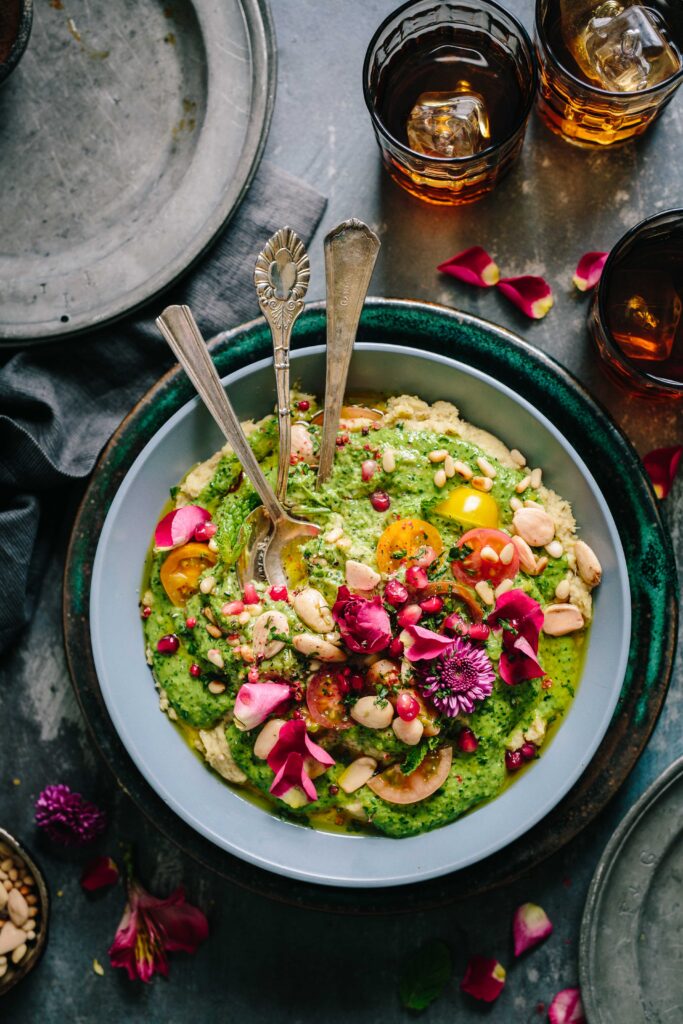
Why do we immediately associate bowls as a healthier derivative of an already fully-formed dish, like a taco or burrito? Does the bowl unaccountably imbibe the proffered ingredients with a heretofore unseen quality that invariably enlivens individuals? Perhaps it’s the shape. It’s circular, which can symbolize a number of things: continuity, potential, protection against anarchy, the natural order. Perhaps we’re all intuitively integrating that symbolism into our system as we ravenously feed upon the bowl like animals.
I cannot precisely articulate the appeal of bowled food, but I can say it seems unnecessary to prop up the stature of a bowl. So, the next you’re pondering purchase of a bowled item of foodstuffs, ask yourself: Why now? Why this bowl? What does it mean to me?

